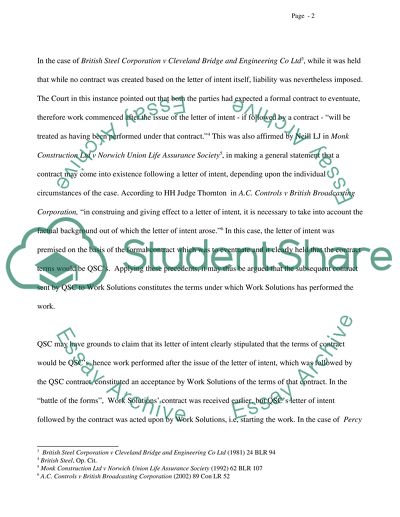Cite this document
(“CIPS Legal Aspects - Assignment Two Essay Example | Topics and Well Written Essays - 3000 words”, n.d.)
CIPS Legal Aspects - Assignment Two Essay Example | Topics and Well Written Essays - 3000 words. Retrieved from https://studentshare.org/miscellaneous/1550188-cips-legal-aspects-assignment-two
CIPS Legal Aspects - Assignment Two Essay Example | Topics and Well Written Essays - 3000 words. Retrieved from https://studentshare.org/miscellaneous/1550188-cips-legal-aspects-assignment-two
(CIPS Legal Aspects - Assignment Two Essay Example | Topics and Well Written Essays - 3000 Words)
CIPS Legal Aspects - Assignment Two Essay Example | Topics and Well Written Essays - 3000 Words. https://studentshare.org/miscellaneous/1550188-cips-legal-aspects-assignment-two.
CIPS Legal Aspects - Assignment Two Essay Example | Topics and Well Written Essays - 3000 Words. https://studentshare.org/miscellaneous/1550188-cips-legal-aspects-assignment-two.
“CIPS Legal Aspects - Assignment Two Essay Example | Topics and Well Written Essays - 3000 Words”, n.d. https://studentshare.org/miscellaneous/1550188-cips-legal-aspects-assignment-two.


